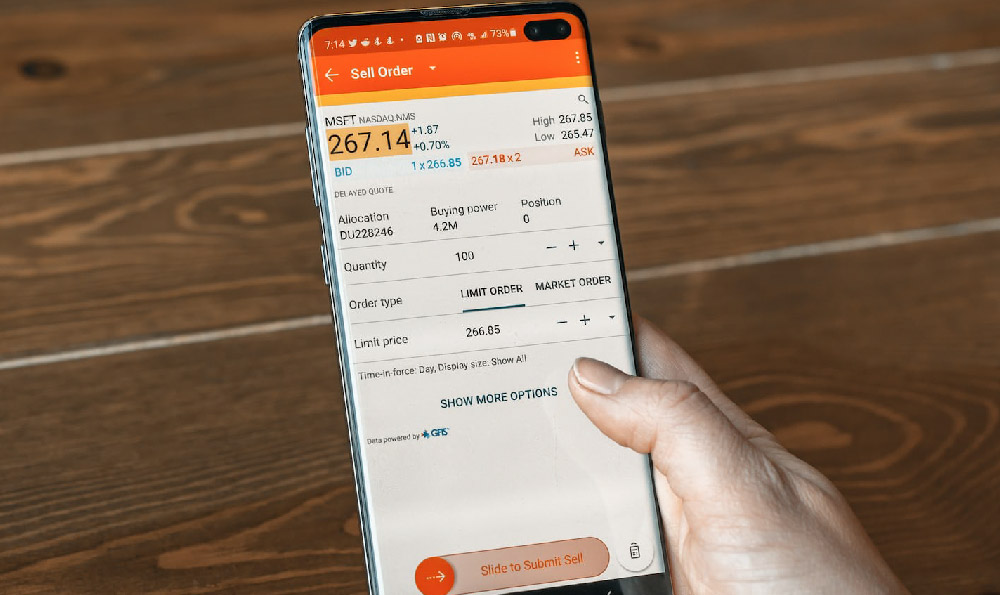
Mobile applications have become ubiquitous in modern life, transforming the way we communicate, work, entertain ourselves, and access information. Behind the seemingly free or low-cost nature of many apps lies a complex ecosystem of monetization strategies that developers and businesses employ to generate revenue and sustain their operations. Understanding these strategies is crucial for both app creators and consumers alike, providing insight into the economic forces shaping the mobile app landscape.
One of the most prevalent monetization models is the freemium approach. This strategy involves offering a basic version of the app for free, attracting a large user base. The core functionality is accessible without cost, allowing users to experience the app's value proposition. However, to unlock advanced features, remove ads, or gain access to exclusive content, users are prompted to upgrade to a premium subscription or make in-app purchases. The freemium model leverages the "loss aversion" principle, making users willing to pay to avoid losing access to features they have come to rely on. Popular examples include Spotify, which offers a free ad-supported music streaming service, and productivity apps like Evernote, which limit storage space in the free tier. The success of the freemium model hinges on carefully balancing the features offered in the free version to entice users while still providing compelling reasons to upgrade. A common pitfall is making the free version too limited, deterring users from even trying the app.
Another widespread method is advertising. Mobile ads come in various forms, including banner ads, interstitial ads (full-screen ads that appear between app screens), rewarded video ads (users watch a video in exchange for in-app rewards), and native advertising (ads that blend seamlessly with the app's content). Advertising can be a lucrative revenue stream, particularly for apps with large and engaged user bases. However, it's essential to strike a balance between generating revenue and providing a positive user experience. Intrusive or excessive advertising can lead to user churn and negative reviews. The effectiveness of advertising depends on factors such as ad placement, targeting, and the overall quality of the ads. Many apps use sophisticated targeting algorithms to show users ads that are relevant to their interests and demographics, maximizing the chances of conversion.

In-app purchases (IAPs) are a dominant revenue generator for many mobile games and other apps. IAPs encompass a wide range of virtual goods and services, such as extra lives, virtual currency, cosmetic items, and access to exclusive levels or content. The appeal of IAPs lies in their ability to provide instant gratification and enhance the user's experience. For games, IAPs often contribute to faster progression or offer a competitive edge. However, concerns about "pay-to-win" mechanics and potentially addictive spending habits have led to increased scrutiny of IAPs, particularly in games targeted at children. Responsible app developers implement safeguards to prevent excessive spending and ensure that IAPs are not exploitative.
Subscription models offer a recurring revenue stream and are particularly well-suited for apps that provide ongoing value, such as streaming services, news apps, and educational platforms. Subscription-based apps typically offer a free trial period to allow users to experience the app's benefits before committing to a paid subscription. The success of a subscription model depends on providing high-quality content or services that justify the recurring fee. It is essential to continuously update the app with fresh content, new features, and improvements to maintain subscriber engagement and prevent churn.
Paid apps represent a straightforward monetization approach where users pay a one-time fee to download the app. While paid apps were once the dominant model, they have become less common due to the popularity of free alternatives. Paid apps typically need to offer a compelling and unique value proposition to justify the upfront cost. They are often found in categories such as productivity, photography, and utilities, where users are willing to pay for premium functionality and a seamless experience. The challenge with paid apps is attracting users who are accustomed to downloading free apps. Effective marketing and showcasing the app's unique features are crucial for success.
Affiliate marketing involves partnering with other businesses and promoting their products or services within the app. App developers earn a commission for each sale or lead generated through their referral. This model can be effective for apps that cater to a specific niche audience. For example, a travel app might partner with hotels and airlines to offer discounted rates to its users, earning a commission on each booking. The key to successful affiliate marketing is to choose partners that align with the app's target audience and offer products or services that are genuinely valuable to them.
Data monetization involves collecting and analyzing user data to generate revenue. This can be done through various methods, such as selling anonymized data to advertisers or using data to personalize the user experience and improve engagement. However, data monetization raises significant privacy concerns, and app developers must be transparent about their data collection practices and obtain user consent. The legal landscape surrounding data privacy is constantly evolving, and app developers must stay up-to-date with the latest regulations to avoid potential legal liabilities.
In conclusion, mobile apps employ a diverse range of monetization strategies to generate revenue and sustain their operations. Each model has its advantages and disadvantages, and the most effective approach depends on factors such as the app's target audience, functionality, and competitive landscape. Striking a balance between revenue generation and providing a positive user experience is crucial for long-term success. Furthermore, developers must be mindful of ethical considerations and prioritize user privacy when implementing monetization strategies. As the mobile app ecosystem continues to evolve, innovative monetization models will likely emerge, further shaping the way apps are developed and consumed.





